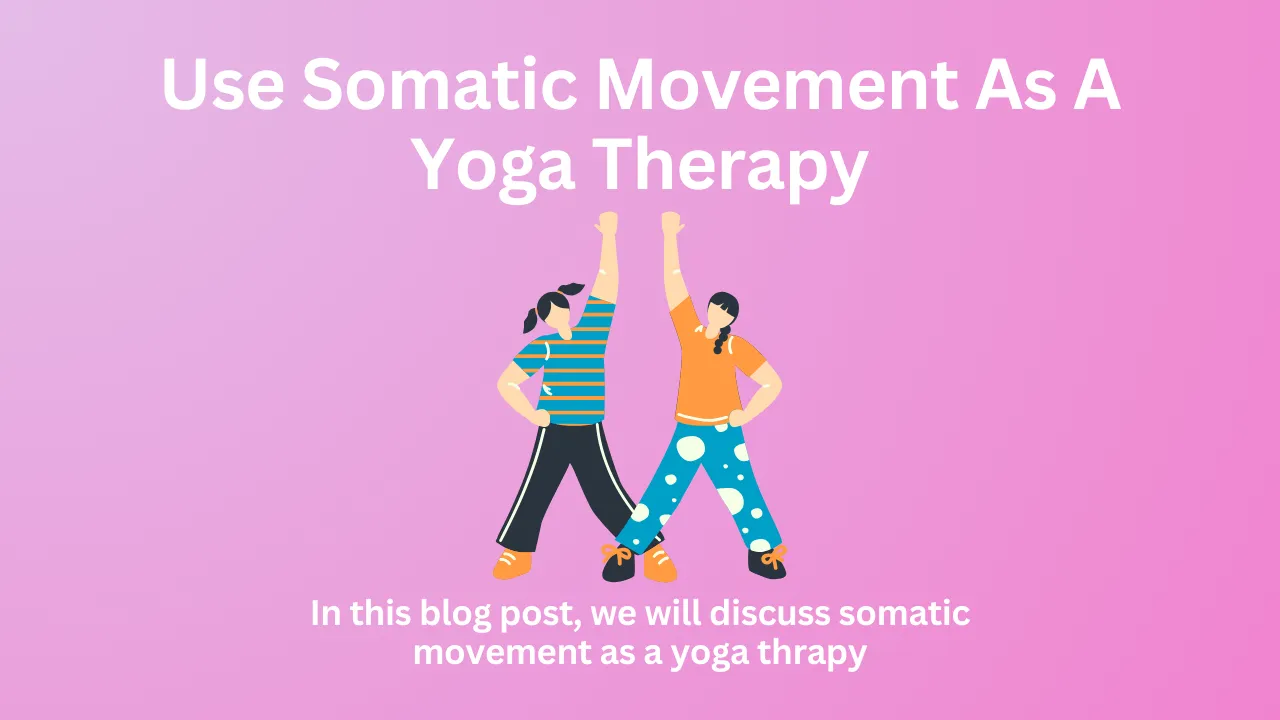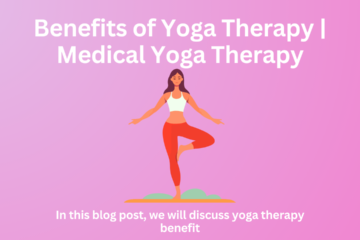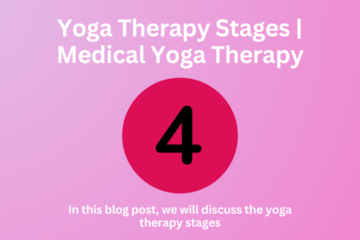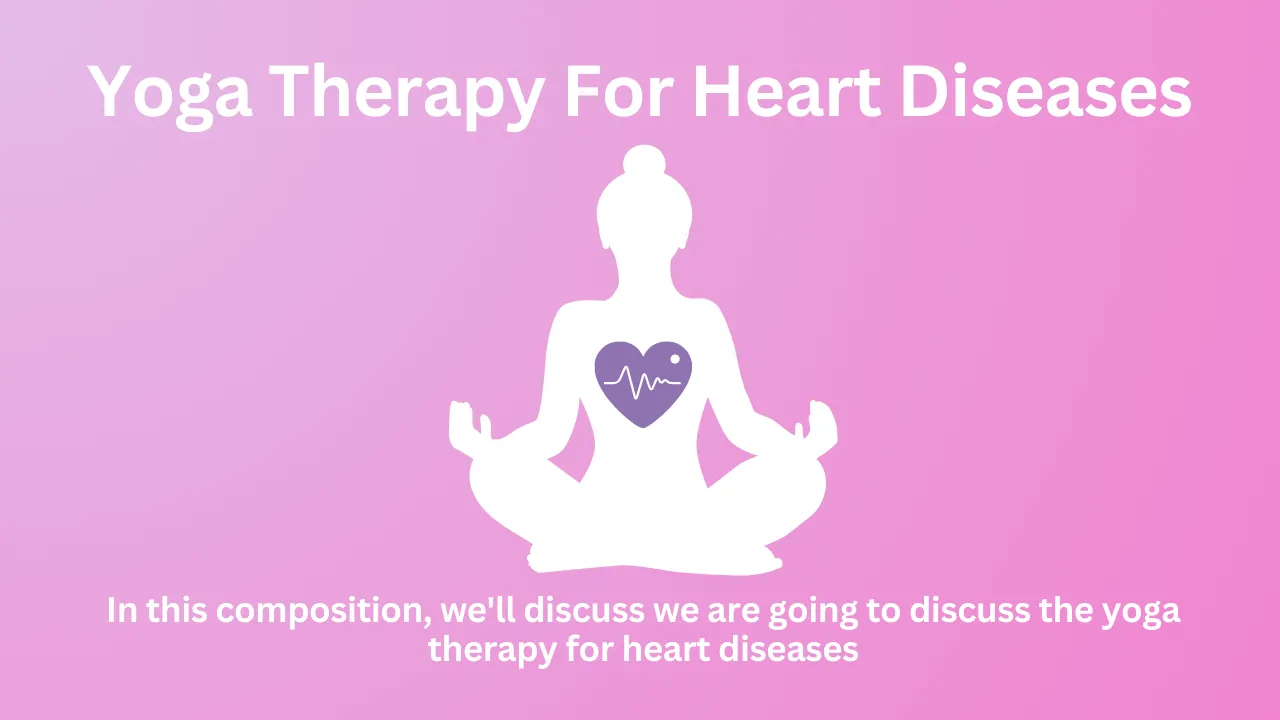Use Somatic Movement as Yoga Therapy

In this era, everyone wants to stay fit and depression-free. Let’s see somatic movement as a yoga therapy and how it helps stay healthy mentally. Our bodies and thoughts are intertwined. Our bodies sense what is going on in our thoughts, and our minds react accordingly. Talk therapy and physical movement are used in therapeutic yoga and somatic treatments to promote healing and awareness of both physical and mental issues.
Therapeutic yoga and somatic therapy are well-researched treatments for pain management, illness management, injury prevention, and rehabilitation. They have also been shown to be very successful in assisting patients in processing and releasing trauma, as well as in reducing symptoms of anxiety, depression, and stress.
Numerous methods and styles of therapeutic yoga and somatic therapy are possible:
- Yoga
- Gradual Relaxation of the Muscles
- EMDR
- Identifying brains
- Step dance
- Sensorimotor rehabilitation
- Breath function
- Ambulatory treatment
- Flowing meditations
Somatics
A therapeutic movement approach called somatics targets the nervous system’s normalized rhythms of contraction, stress, and tension. These patterns emerge as a result of repeated usage, prolonged durations in a certain posture, and/or acute and chronic stresses. The therapist immediately re-educates the pattern by rearranging the way your nervous system perceives and regulates muscles and movement via the use of gentle, delicate movements.
For Yoga Treatment, Use Somatic Movement
Because somatic movement is so beneficial, the therapist uses it in yoga therapy. The majority of yoga therapists I know deal with a wide range of client issues. Chronic pain, inadequate surgical recovery, illness-related issues, and elevated stress levels continue to escalate. Many of their customers find that even the simplest poses aggravate their symptoms.
As a yoga therapist who has assisted clients with their injuries and restrictions since the 1980s, I am always searching for methods that will facilitate their rehabilitation and relieve their pain.In my experience, the quickest and most durable effects come from combining therapeutic yoga with somatic movement.
Yoga Therapy
Yoga therapy is the professional use of yoga’s tenets and techniques to enhance health and well-being in a therapeutic context. It includes individual and small-group yoga practices, goal-setting, lifestyle management, and personalized evaluation. The goal of yoga therapy is to control, lessen, or eradicate painful symptoms.
The therapist and the client collaborate to create and carry out a therapeutic plan that empowers the client on their own. The therapist’s method of yoga therapy combines a traditional yogic viewpoint with modern knowledge of the neurological system. Personalized take-home materials will be provided to clients to assist them in their practices.
Methods Employed
Yoga: is a system of physical postures, breathing exercises, and meditation methods based on the principles of yoga philosophy. These implements foster mastery over ineffective mental, bodily, and energy processes.
Dinacharya: Ayurvedic self-care routines that you may follow daily to maintain balance in your life and system.
Advantages of Somatic Therapy and Therapeutic Yoga:
- Resolve deep-seated feelings of anguish and trauma from either acute or chronic PTSD
- Ease the agony of ongoing sickness or suffering
- Link to the body, internal wounds from childhood, and shameful elements that are kept buried
- Boost your physique and self-acceptance
- Practice balance and quiet to increase focus and recall.
- If and when you find it difficult to express your sentiments and emotions verbally, find another means to process them.
- Reduce tension, practice relaxation, and let go of emotional baggage without having to talk about it all.
- It can be very beneficial for those who are too talkative because of past treatment experiences, overload, or emotional pain.
- To relieve tension, worry, adrenaline, or excessive energy, and to find the right words to convey feelings and ideas, rest your body so that your mind may also relax.
- Encourage a sense of lightness, vigour, and the capacity to keep moving ahead (particularly if one is feeling heavy, trapped, sad, or unmotivated).
What kinds of ailments or issues may yoga therapy help with?
With its broad reach, yoga therapy can help patients with a variety of disorders, including imbalances brought on by injury or surgery, chronic pain, overuse injuries, postural problems, and movement dysfunction.
Each client will receive a customized home program that changes as they grow. Towards independence and self-direction, technique and methodology instruction are also included in the sessions.

What is the duration of each session, & when will we meet?
Each session lasts for sixty minutes. Ellen meets customers anywhere from one to three times each week on average. How much help is required, how urgent the situation is, how each individual learns best, etc. will all influence how frequently.
What is somatic movement, and how may it be used in conjunction with yoga therapy?
Regaining our natural ability to move by regaining our innate inner movement intelligence is what somatic movement is all about. Trauma, unhealthy habits, overcompensation, injuries, and even societal movement norms can obstruct our natural movement patterns.
We may break free from restricting or unpleasant patterns that we might not even be aware we have, thanks to somatics. Additionally, it incorporates attentive embodiment, whereby we experience our actions from an inside sense of who we are, as opposed to merely imposing “improvements” from without. We pay attention to what we do, but we do more than just watch; we live with more comfort and integration.
Somatic Movement Is Enjoyable and Useful
Their connection shifted to reaching out broadly once they overcame the reaching deficiency that was impairing the client’s ability to perform Warrior I.
They discovered that they could instantly connect to their core and ground by reaching out and feeling input from their body. As they started to utilize her body in an integrated manner, their core strength grew.
Their aim was supported by their legs and feet, which no longer wavered as they reached out in response to her desire to do so.
Discover All of Yoga’s Benefits
Additionally, the client started to interact with greater confidence in social settings after getting professional therapy. They discovered a portion of the human language within a body. They are moving forward thanks to their deeper somatic mobility and innate body understanding. They released themselves from overwork, compensations, and a general sense of physical separation.



0 Comments